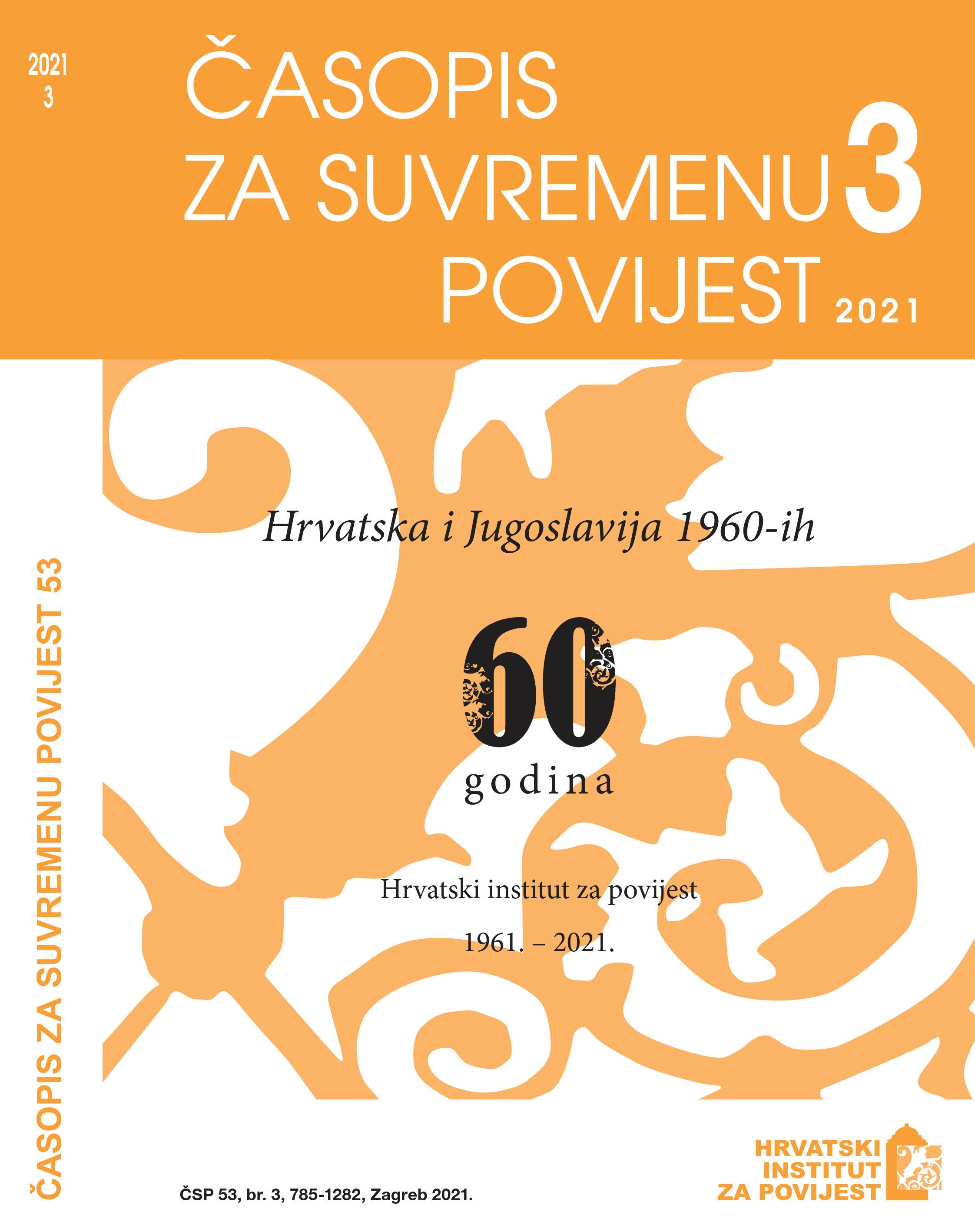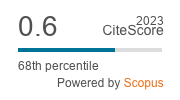Touristic and Spatial Planning in Croatia and Yugoslavia in the 1960s
DOI:
https://doi.org/10.22586/csp.v53i3.18737Keywords:
touristic planning; spatial planning of tourism; history of spatial planning and tourism; 1960s; Croatia; YugoslaviaAbstract
Based on the contemporaneous and recent (domestic and foreign) literature and spatial plans, this paper examines the relationship between touristic and spatial planning in Croatia and Yugoslavia in the 1960s. The relationship is determined using the analytical-interpretative method of the then socio-political system, tourism and spatial policy, social planning, administrative bodies, institutions specialised for planning, tourist traffic, produced spatial plans, the intensity of building accommodation capacity, etc. In the first period after the end of the war, tourism developed in an uncontrolled manner because it was not the subject of coordinated socio-economic and spatial plans. Due to a growing interest for the inflow of foreign currencies from foreign tourists, tourism gradually gained significance and was regularly given priority in development plans.
The new approach to spatial planning was most visible in the developed methodology of spatial plan production and the hotel architecture and constructed hotel complexes. Since the Croatian coast had the longest Adriatic shoreline in the then Yugoslavia, the longest tradition of tourism, and was the flagship among the republics in tourism development projections and the spatial planning of tourism (because of the developed methodology of plan production), the largest number of touristic spatial plans during the socialist period were made for the Croatian Adriatic coast (on multiple levels), and the greatest investments were made in building hotel capacity there. Despite the initial idea of developing tourism and equal accommodation options for all, the new tourism planning model transformed away from this basic idea and gave priority to exponential economic growth. This new approach to tourism was most visible through the establishment of a new network of organisations and institutions for planning tourism and tourism planning in a broader spatial context rather than only on the level of individual investments.
All factors regarding the implementation of social plans could not have been taken into account because all the administrative and reorganisation factors as well as the dramatic events of the socio-political and economic system as a whole that took place in the 1990s could not have been predicted. The proper methodological steps for continued and coordinated planning in the 1960s introduced significant changes into the system of touristic and spatial planning. After the implementation of the plans began, the complexities of planning (numerous unpredictable factors) that influenced their realisation became apparent. The practice of planning was further complicated because plans often acted in an abstract and contradictory manner in a political system that had a limited capacity for realising quality—and in some cases utopian—plans.
Downloads
Published
How to Cite
Issue
Section
License
Copyright (c) 2021 authors and journal

This work is licensed under a Creative Commons Attribution-NonCommercial 4.0 International License.
Copyright holders are the publisher Croatian Institute of History and the authors. Journal of Contemporary History is an Open Access journal. Users are allowed to read, download, copy, redistribute, print, search and link to material, and alter, transform, or build upon the material, or use them for any other lawful purpose as long as they attribute the source in an appropriate manner according to the Creative Commons licence CC BY-NC. The papers published in Journal of Contemporary History can be deposited and self-archived in the institutional and thematic repositories providing the link to the journal's web pages and HRČAK. Journal does not charge article processing charges (APC). The editors assume no responsibility for statements of fact or opinion made by contributors.




